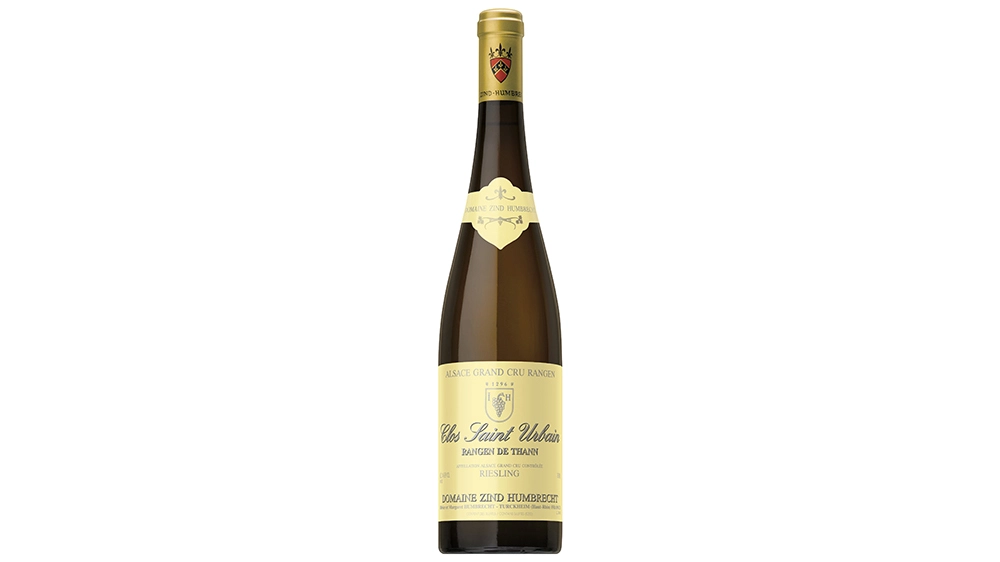Many serious wine and collectors focus their attention solely on reds, which is a shame. Not only are there many white styles that deserve praise equal to that currently lavished on first-growth Bordeaux, riserva Barolo and Napa Valley Cabernet, but, like its deeper-hued counterpart, white wine has been coveted for millennia, with residue of the liquid detected inside amphorae stashed within the tombs of Egyptian pharaohs—proof positive of the esteem bestowed upon the paler fruit of the vine.
And it’s not just an easy-drinking libation for a hot summer day; when stored properly, the finest whites age beautifully. Indeed, many collectors who claim to enjoy only reds will, when pressed, cop to having laid down a few bottles of white Burgundy or Grand Cru Alsace Riesling. But, more than an afterthought, the best white wines warrant a place of pride in your cellar.
“If there is one big misconception about white wine, it’s that it must be consumed young,” says Joe Czerwinski, editor in chief of Robert Parker Wine Advocate. “Like fine reds, the best dry white wines can improve for years, sometimes even decades, morphing from something direct and fruity into a beverage with additional richness and complexity.” Minimal air exchange under cork closure brings on desirable flavors—dried apricot, toasted almond, nutmeg—that complement the bright citrus and orchard-fruit notes of a well-crafted white wine.
Czerwinski advises casting a wide net: Whites from Burgundy, Bordeaux, Alsace and the Loire and Rhône valleys can all be superlative, he says, as can those from Rioja, in Spain, and Austrian and German Rieslings.
Thanks to the oak-derived tannins in the wine, barrel-fermented or -aged whites—such as Burgundies from Meursault, Puligny-Montrachet and Corton-Charlemagne—will develop well over the course of many years, as will steel-fermented Riesling thanks to its naturally high acidity. Wines with both elevated acidity and residual sugar, including Sauternes, Tokaji and some German Rieslings, will not just survive but thrive when stored properly, while Premier Cru and Grand Cru Chablis can be matured for up to a decade. And while some bottles can go even longer, for the most part, prepare to allow your whites to evolve for between seven and 15 years—enough time to test your patience but, compared to the longest-aging reds, all that much sooner to enjoy.
Three to Lay Down
Domaine Zind-Humbrecht 2019 Riesling Rangen De Thann Clos Saint Urbain

From a walled single vineyard within Alsace’s most southerly grand-cru appellation, this bone-dry Riesling is brimming with vivid acidity. It offers complex peach and apricot flavors and strong minerality and salinity that will only improve after 20 years.
Oremus 2017 Petracs

Just 6,000 bottles of this inaugural-vintage dry Tokaji were produced. Furmint from 60-year-old vines is aged in oak barrels for eight months, adding soft notes of toast and espresso bean to flavors of lemon, pineapple and white flowers, creating a wine that can be aged for up to 15 years.
Bouchard Aîné & Fils 2019 Meursault Premier Cru Le Porusot

From a premier-cru site named for its rocky soil, this Chardonnay was barrel-fermented before being aged in oak for 18 months, furthering the full mouthfeel for which Meursault is known. Flavors of green apple, lemon and vanilla will develop even more elegance with eight to 10 additional years in the bottle.









